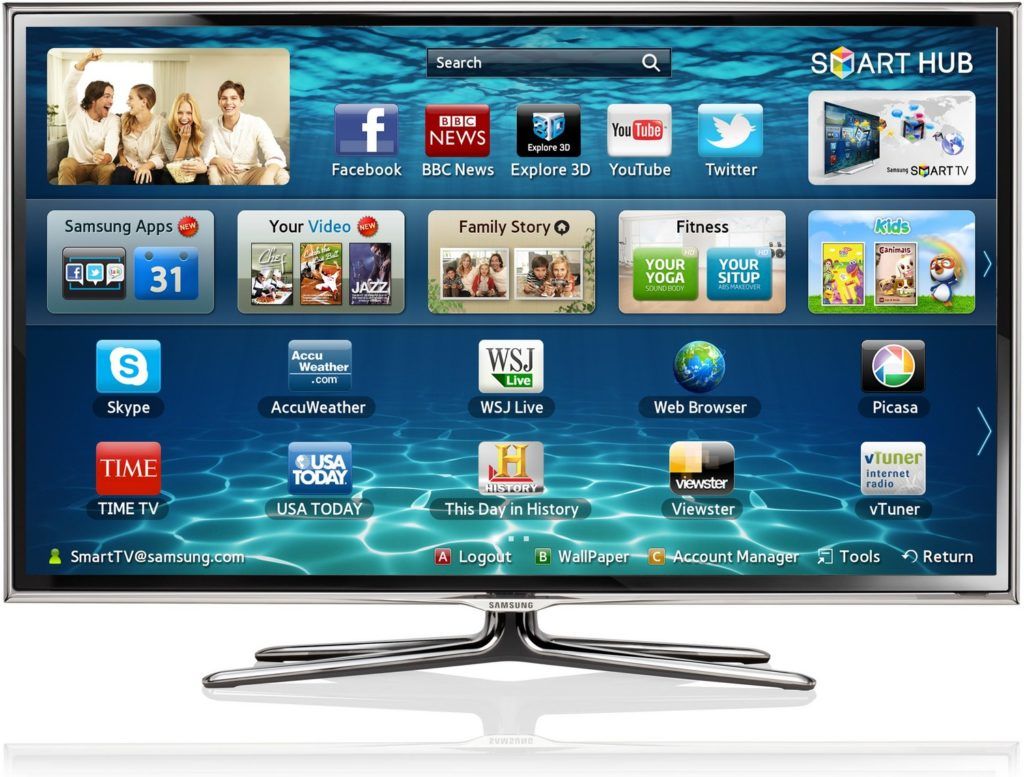At the CES of 2019, Samsung presented a reduced version of The Wall MicroLED TV. The news? This new model is equipped with MicroLED technology. What exactly is MicroLED technology? The original Wall MicroLED TV was a 146-inch monster that could take on any format and size because it was made up of small LED “tiles” nicknamed MicroLED, it was the first model with that technology.
SEE ALSO- Samsung TVs in 2024– QLED, less cables, and artificial intelligence
Technology, in general, is advancing at a frantic pace and the television and screen industry is no exception. To date, we mainly have two technologies on the market. These are LEDs and OLED technology. But soon, they will be accompanied by a new technology called MicroLED, which promises to improve these two technologies. Subsequently, we will explain in detail what this new technology consists of and what advantages it offers compared to televisions that use LED and OLED technology.
Launch and first MicroLed television
At the 2018 CES, in January, a television using Microled technology was shown to the general public for the first time. This first MicroLED TV model was presented by Samsung at this show. The Wall MicroLED TV is the name given to this prototype. It has nothing more and nothing less than 146 inches, with 4K resolution and is also a modular TV. Samsung surprised everyone with this presentation and said it intends to launch this technology on the market this year.
MUST READ- What is 8K resolution and how does it work?
What is MicroLED and what is this technology
MicroLED technology illuminates the screen without the need for backlighting, as is the case with LED TVs. On screens using LED technology, it is necessary to place a strip of LED diodes on the sides (LED Edge) or on the back (direct LED) to illuminate the screen. So it is necessary to use polarizers and filters to filter the light.
OLED technology offers purer blacks than LED technology, not needing LEDs to illuminate the screen. In this case, each pixel is illuminated independently, allowing you to virtually reduce the black area, resulting in a practically perfect black.
However, the transition between dark tones is very abrupt and some information is lost when there are very similar dark tones. The OLED technology used in today’s televisions is called WOLED. In this case, it is still necessary to use the colored filters in the panel. Moreover, OLED technology applied in televisions still needs to solve some problems.
DON’T MISS- QLED vs. OLED vs. MicroLED, what is the best technology?
Although every time this problem is solved with the latest generation panels, we must be careful not to leave still images for a long period of time. If a still image remains on the screen for a long time, it may remain marked on the screen. The other problem is wear and loss of brightness that occurs more quickly than televisions with LED technology.
MicroLED technology uses micrometric LEDs that generate their own light. Therefore it is a self-emitting technology like OLED. This means that each subpixel produces its own light.
It also eliminates the need to use colored filters as in LED and OLED (WOLED) technologies. All this allows the level of blacks to be very intense and to reproduce colors in an exceptional way. Another difference with OLED TVs is that MicroLED uses gallium nitride. This is an inorganic material, so the duration is longer than an OLED and the loss of brightness over time is less.
RELATED- The best Philips televisions for 2019
Advantages of screens with MicroLED technology
- They are made with inorganic materials, which increase the duration compared to OLEDs that use organic materials.
- The depth of blacks is greater than with LED TVs
- Higher brightness peaks than OLED and LED TVs
- Thinner designs of LED TVs by eliminating the use of filters and polarizers behind the panel.
- Better viewing angles than televisions with LED technology
- Lower response times
Undoubtedly, MicroLED technology promises to be the technology that will provide the best image quality in the future.
According to some information, Samsung plans to launch the first The Wall MicroLED TV for August-September of this 2019. What we are sure of is the price that will be very high. Samsung plans to skip OLED technology on its TVs and make the leap to MicroLED technology.

